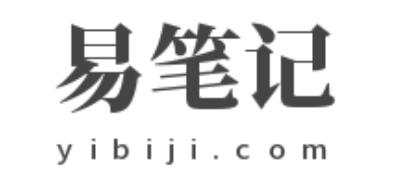当用户点击鼠标时
当网页已加载时
当图片已加载时
当鼠标移动到元素上时
当输入字段被改变时
当 HTML 表单被提交时
当用户触发按键时
[html]
<!DOCTYPE HTML PUBLIC "-//W3C//DTD HTML 4.01 Transitional//EN" "http://www.w3.org/TR/html4/loose.dtd">
<html>
<head>
<title> New Document </title>
<meta name="Generator" content="EditPlus">
<meta name="Author" content="">
<meta name="Keywords" content="">
<meta name="Description" content="">
<script type="text/javascript">
function changeColor()
{
document.body.style.backgroundColor = "lavender";
}
</script>
</head>
<body>
<input type="button" onclick="changeColor()" value="ChangeColor"/>
</body>
</html>
下面的例子在按钮被点击时改变 <p> 元素的文本:
[html]
<html>
<body>
<p id="p1">Hello world!</p>
<script>
function ChangeText()
{
document.getElementById("p1").innerHTML="New text!";
}
</script>
<input type="button" onclick="ChangeText()" value="Change text">
</body>
</html>
onload 和 onunload 事件
当用户进入或离开页面时,会触发 onload 和 onunload 事件。
onload 事件可用于检查访客的浏览器类型和版本,以便基于这些信息来加载不同版本的网页。
onload 和 onunload 事件可用于处理 cookies。
[html]
<!DOCTYPE html>
<html>
<body onload="checkCookies()">
<script>
function checkCookies()
{
if (navigator.cookieEnabled==true)
{
alert("Cookies are enabled")
}
else
{
alert("Cookies are not enabled")
}
}
</script>
<p>弹出的提示框会告诉你浏览器是否已启用 cookie。</p>
</body>
</html>
onchange 事件
onchange 事件常用于输入字段的验证。
下面的例子展示了如何使用 onchange。当用户改变输入字段的内容时,将调用 upperCase() 函数。
[html]
<!DOCTYPE html>
<html>
<head>
<script>
function myFunction()
{
var x=document.getElementById("fname");
x.value=x.value.toUpperCase();
}
</script>
</head>
<body>
请输入你的英文名:<input type="text" id="fname" onchange="myFunction()">
<p>当你离开输入框时,被触发的函数会把你输入的文本转换为大写字母。</p>
</body>
</html>
onmouseover 和 onmouseout 事件
onmouseover 和 onmouseout 事件可用于在鼠标指针移动到或离开元素时触发函数。
实例
[html]
<!DOCTYPE html>
<html>
<body>
<p
onmouseover="mOver(this)"
onmouseout="mOut(this)"
style="background-color:#D94A38;width:200px;height:50px;padding-top:25px;text-align:center;">
Mouse Over Me
</p>
<script>
function mOver(obj)
{
obj.innerHTML="谢谢你"
}
function mOut(obj)
{
obj.innerHTML="把鼠标指针移动到上面"
}
</script>
</body>
</html>
onmousedown、onmouseup 以及 onclick 事件
onmousedown、onmouseup 以及 onclick 事件是鼠标点击的全部过程。首先当某个鼠标按钮被点击时,触发 onmousedown 事件,然后,当鼠标按钮被松开时,会触发 onmouseup 事件,最后,当鼠标点击完成时,触发 onclick 事件。
[html]
<p
onmousedown="mDown(this)"
onmouseup="mUp(this)"
style="background-color:#D94A38;width:200px;height:50px;padding-top:25px;text-align:center;">
点击这里
</p>
<script>
function mDown(obj)
{
obj.style.backgroundColor="#1ec5e5";
obj.innerHTML="松开鼠标"
}
function mUp(obj)
{
obj.style.backgroundColor="#D94A38";
obj.innerHTML="谢谢你"
}
</script>
</body>
</html>
































